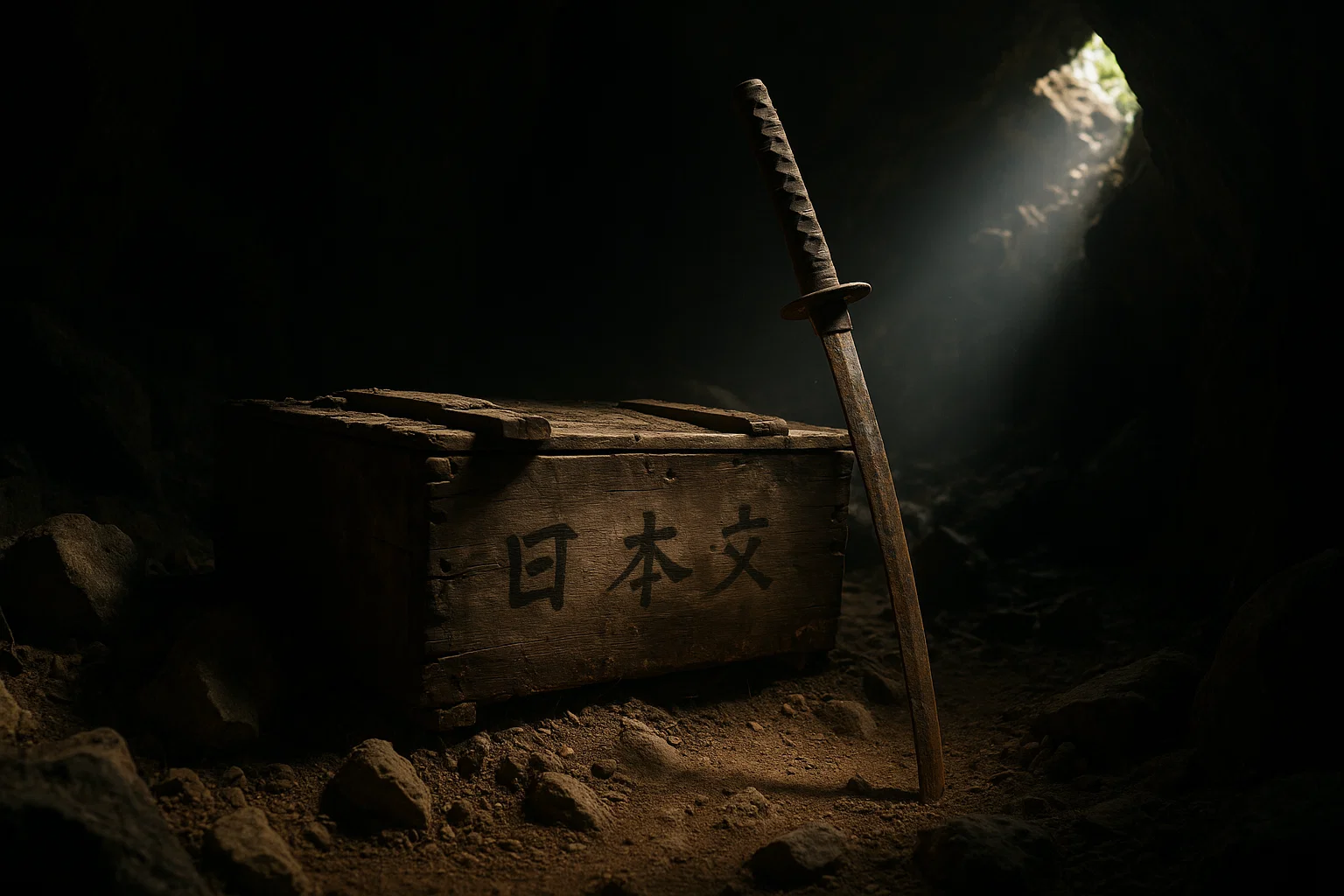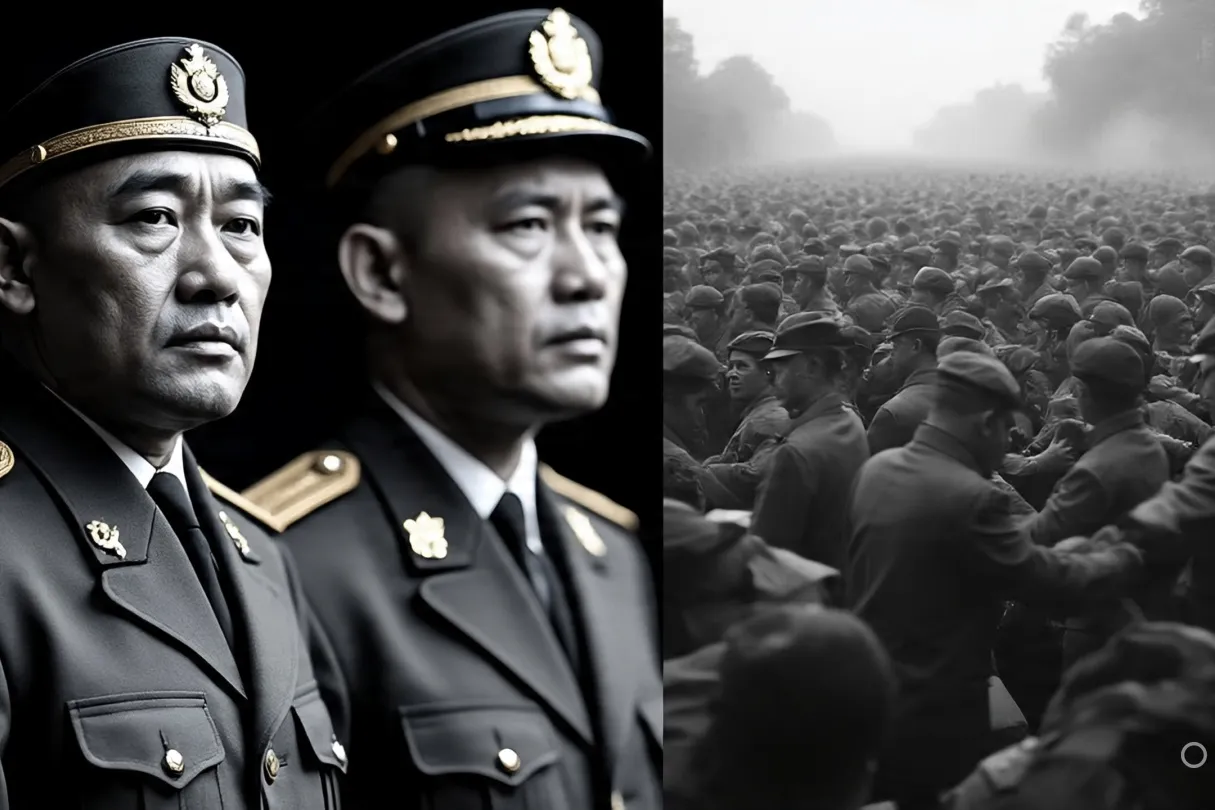🏆 The Glittering Mystery That Refuses to Die
Few stories in the Philippines have gripped the national imagination like the Great Philippine Gold Hoax. For decades, rumors of hidden fortunes — from Spanish-era plunder to World War II Yamashita gold — have persisted in news reports, coffee shop gossip, and treasure-hunting forums.
- 🏆 The Glittering Mystery That Refuses to Die
- 📜 Origins of the Golden Legend
- ⚔️ The Yamashita Connection
- 📰 Famous “Discoveries” That Made Headlines
- 🗺️ Alleged Treasure Sites Across the Philippines
- 🏛️ Political and Legal Entanglements
- 📚 The Psychology of Treasure Myths
- 🌏 International Claims and Diplomatic Angles
- 📊 Timeline of the Gold Hoax and Treasure Legends
- 📌 Frequently Asked Questions
- 🏁 The Legend Lives On
But is there any truth behind the glimmer? Or is this just another legend inflated by greed, politics, and a national love for epic mysteries?
📜 Origins of the Golden Legend
The Philippine archipelago has been a melting pot of traders, colonizers, and conquerors for centuries. Gold has played a central role in this history — from the pre-colonial period when gold ornaments adorned the nobility, to the Spanish galleons that shipped treasures across the Pacific.
🪙 Early Accounts of Hidden Wealth
Historians point to documented cases of local chieftains hiding gold to prevent Spanish seizure. The Spanish, in turn, were rumored to have buried gold in haste during attacks by pirates or revolutions. These tales laid the foundation for later, more extravagant claims.
⚔️ The Yamashita Connection
Perhaps no single name is more synonymous with Philippine treasure lore than General Tomoyuki Yamashita, the Japanese commander in the Philippines during World War II.
📦 The Wartime Hoard
According to legend, Japanese forces looted gold and valuables across Southeast Asia, storing much of it in hidden tunnels and caves in the Philippines before their surrender in 1945. The value of this alleged hoard? Estimates range from a modest few billion pesos to a staggering hundreds of billions in today’s currency.
🤔 The Problem with Proof
Despite numerous expeditions and a handful of supposed finds, no verifiable, large-scale recovery has ever been proven. Skeptics argue that any gold found was likely from smaller, localized caches — not a vast, centralized treasure.
📰 Famous “Discoveries” That Made Headlines
Over the years, a number of alleged finds have captured public attention, often sparking a frenzy of speculation.
🪦 Rogelio Roxas and the Golden Buddha
In the 1970s, treasure hunter Rogelio Roxas claimed to have found a golden Buddha statue filled with gems in Baguio City, allegedly part of the Yamashita loot. The statue was reportedly seized by the Marcos regime, leading to a decades-long legal battle. While the case resulted in a U.S. court awarding damages to Roxas’s estate, the actual Buddha has never resurfaced.
⛏️ The Caves of Benguet and Ifugao
Local legends abound of villagers stumbling upon gold bars in mountain caves — but these stories often end with the sudden appearance of “mysterious men” who confiscate the loot, supposedly for the government or private collectors.
🗺️ Alleged Treasure Sites Across the Philippines
Treasure maps — both genuine and forged — have circulated for decades, fueling expeditions to remote corners of the country.
-
Baguio & Benguet: Alleged Yamashita tunnels and the Roxas discovery site.
-
Cagayan Valley: Stories of Spanish gold buried to avoid pirate raids.
-
Mindoro & Palawan: Shipwrecks from the galleon trade rumored to carry gold coins.
-
Leyte & Samar: Japanese wartime caches hidden in coastal caves.
While some digs have yielded relics, none have produced undeniable proof of vast treasures.
🏛️ Political and Legal Entanglements
The allure of hidden gold has not been limited to treasure hunters — it has entangled politicians, military officials, and even foreign governments.
⚖️ Court Cases and Claims
Numerous lawsuits have been filed over ownership of alleged finds. Claimants range from private individuals to government agencies. International law complicates matters, especially when alleged loot is tied to wartime plunder.
🕵️ Shadowy Government Operations
Whistleblowers have claimed that certain recoveries were quietly funneled into government or military accounts, with no public disclosure. These allegations remain unproven but are persistent enough to keep conspiracy theories alive.
📚 The Psychology of Treasure Myths
Why do Filipinos remain fascinated by gold legends?
-
Hope of Sudden Wealth: In a country where economic hardship is common, treasure tales offer a tantalizing “what if.”
-
Historical Pride: Gold stories are tied to moments of defiance against colonizers and foreign powers.
-
Distrust of Authority: Many believe that any real finds would be hidden by those in power, feeding the belief that “there’s more out there.”
🌏 International Claims and Diplomatic Angles
The Philippine gold legend doesn’t exist in isolation. Other countries in Southeast Asia — notably Malaysia, Indonesia, and Myanmar — have similar Yamashita-related myths.
Foreign governments have occasionally expressed interest in alleged finds, particularly if wartime plunder from their own territories is believed to be involved. Such claims could escalate into diplomatic disputes if any major recovery were verified.
📊 Timeline of the Gold Hoax and Treasure Legends
| Year | Event | Outcome |
|---|---|---|
| 1600s | Spanish galleon shipwrecks rumored to carry gold | Legends persist, some artifacts recovered |
| 1945 | Japanese surrender in WWII | Start of Yamashita treasure legends |
| 1971 | Rogelio Roxas claims Golden Buddha discovery | Leads to international legal battle |
| 1990s | Surge in amateur treasure hunts | No verified large-scale recoveries |
| 2020s | Renewed online interest via social media | Myths remain alive, unproven |
📌 Frequently Asked Questions
Q1: Was the Yamashita treasure ever proven to exist?
The existence of a massive centralized Yamashita treasure has never been conclusively proven. While some smaller caches have been reported, none have been verified by independent experts or recognized as part of a larger hoard.
Q2: What happened to the Golden Buddha allegedly found by Rogelio Roxas?
The statue’s current location is unknown. Roxas’s estate won damages in a U.S. court against the Marcos estate, but the actual artifact has never been recovered or publicly displayed, leaving its fate shrouded in mystery.
Q3: Are treasure hunts legal in the Philippines?
Yes, but they require a government-issued permit. Unauthorized digging can lead to fines, imprisonment, and confiscation of any discovered items, regardless of their historical or monetary value.
Q4: Why do people still believe in the gold hoax?
Many believe that stories persist because of cultural fascination, distrust of political elites, and the occasional discovery of genuine historical artifacts — even if unrelated to the alleged massive hoards.
Q5: Could there be an international dispute if the treasure were found?
Yes. If wartime plunder originally taken from other countries were discovered in the Philippines, those nations could file diplomatic or legal claims for its return, potentially leading to a high-profile geopolitical case.
🏁 The Legend Lives On
Whether it’s a grand hoax, a partial truth, or a still-buried reality, the Great Philippine Gold Hoax continues to sparkle in the Filipino imagination. The promise of hidden fortunes and the thrill of discovery ensure that treasure hunters, both amateur and professional, will keep searching.
And so the question lingers: is the gold still out there, waiting for the right hands — or has it always been nothing more than a brilliant mirage in our collective history?




